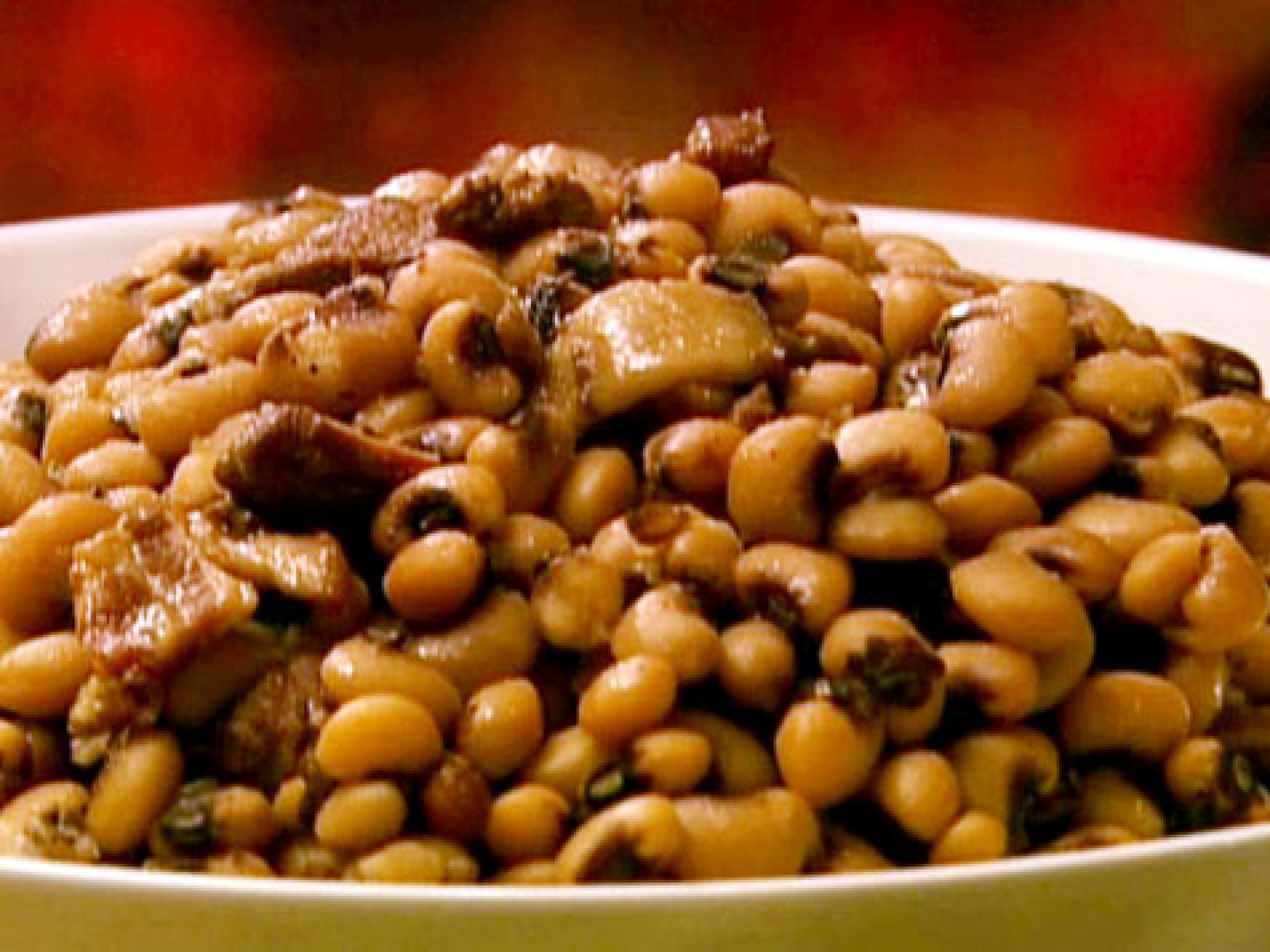By Berry Craig
NKyTribune columnist
More than a few Kentuckians will ring in the New Year with a down-home feast of black-eyed peas, accompanied by cabbage and cornbread.
The old Southern custom supposedly brings good fortune to those who observe it.
Black-eyed peas are seasoned with smoked pork, traditionally a ham hock or hog jowl. My mother usually substituted a bacon slice or a tablespoonful of “fried meat grease,” that congealed whitish, lard-like substance left over from frying bacon.
Anyway, the peas are for luck. The cabbage represents folding money; cornbread symbolizes gold.Thus, the more you eat, the luckier and richer you’ll be in the coming year.
Supposedly, the holiday ritual faded after the Civil War. In the 1930s, two Texans helped popularize it anew.
In 1932, Amarillo Sheriff Bill Adams started dining on “black-eyed peas as his New Year’s invitation to fortune,” according to a Dec. 31, 1940, Associated Press story in The Town Talk, a paper published in Alexandria, La.
World War II had broken out in 1939. As 1940 waned, hard-pressed Britain stood alone against Adolf Hitler and Nazi Germany, which had conquered almost all of western Europe. So Adams sent a telegram to the British embassy in Washington: “Urge Prime Minister Churchill and all Britishers to eat black-eyed peas on New Year’s day.”
The lawman always greeted folks on Jan. 1 with a cheery, “Happea New Year!” the story said.
After the war ended in Allied victory, Elmore R. Torn Sr., of Longview, Tex., “self-appointed ambassador-at-large for black-eyed peas,” dispatched a batch of the legumes to Secretary of State James F. Byrnes, a South Carolinian, said an AP story by Jack Rutledge in the Dec. 31, 1946, Denton, Tex., Record-Chronicle.
Byrnes replied that he knew about pea-eating on Jan. 1. “I look forward to enjoying your gift at the appropriate time,” he wrote.
Torn had inaugurated his pea plea in 1936. “As a hobby and in a personal way, I have championed the cause of the lowly black-eyed pea,” he explained in a Dec. 23, 1942, story in the Longview News-Journal.
Ultimately, “various media of publicity” helped him resurrect the practice of “‘eating black-eyed peas on New Year’s Day for health and happiness and good luck,’” he said.
After the Dec. 7, 1941, Japanese attack on Pearl Harbor plunged the U.S. into World War II, the slogan was revised to “eat black-eyed peas on New Year’s Day with stronger resolve to do and give,” he advised.
In 1947, Torn was in charge of public relations and marketing for the chamber of commerce in Athens, Tex., when he stepped up his black-eyed pea crusade.
The product line at a local cannery included black-eyed peas. Torn started sending fliers and small sample cans of peas to Southern newspapers to revive the rite regionally.
Torn, “a respected agricultural economist,” went nationwide in the 1950s, boosting “black-eyed peas as insurance for good luck if eaten on New Year’s Day,” wrote the AP’s Tim Parker in a Dec. 30, 1955, story in the Longview paper.
Parker claimed that “few Southerners would endanger their luck by failing to eat black-eyed peas on New Year’s Day. But “what surprised Torn was the response from Yankeeland. He’s heard from all but 10 states.”
Torn received “more than 750 letters and postcards” after he “opened membership rolls of the National Black-Eyed Pea Assn. to the public,” the AP scribe wrote. “He asked only that applicants pledge themselves to eat black-eyed peas on New Year’s Day, ‘generally extoll their goodness as an adequate subject for frequent conversation,’ and send their pledge along to P.O. Box 311, Taylor.”
One of Torn’s respondents was moved to poetry. Parker excerpted from verses submitted by Sgt. Fred D. Thomas from Isle of Palms, S.C.:
“You’ve hit it right and I agree
“With your association;
“To bring the glories, taste and
“zest
“Of peas before the nation.
“Tis true the taste of black-
“eyed peas
“With hog jowl on the side,
“Makes ‘rebel,’ ‘Yankee,’ ‘West-
“erner’ too
“Take to the dish with pride.”
Probably few Kentucky residents have ever heard of the senior Torn. But his surname might ring a bell with folks who are film fans. His son is actor Elmore R. Torn Jr., who is better known by his movie star name–“Rip” Torn.
Berry Craig of Mayfield is a professor emeritus of history from West Kentucky Community and Technical College in Paducah and the author of six books on Kentucky history, including True Tales of Old-Time Kentucky Politics: Bombast, Bourbon and Burgoo, Kentucky Confederates: Secession, Civil War, and the Jackson Purchase, and, with Dieter Ullrich, Unconditional Unionist: The Hazardous Life of Lucian Anderson, Kentucky Congressman. Reach him at bcraig8960@gmail.com























